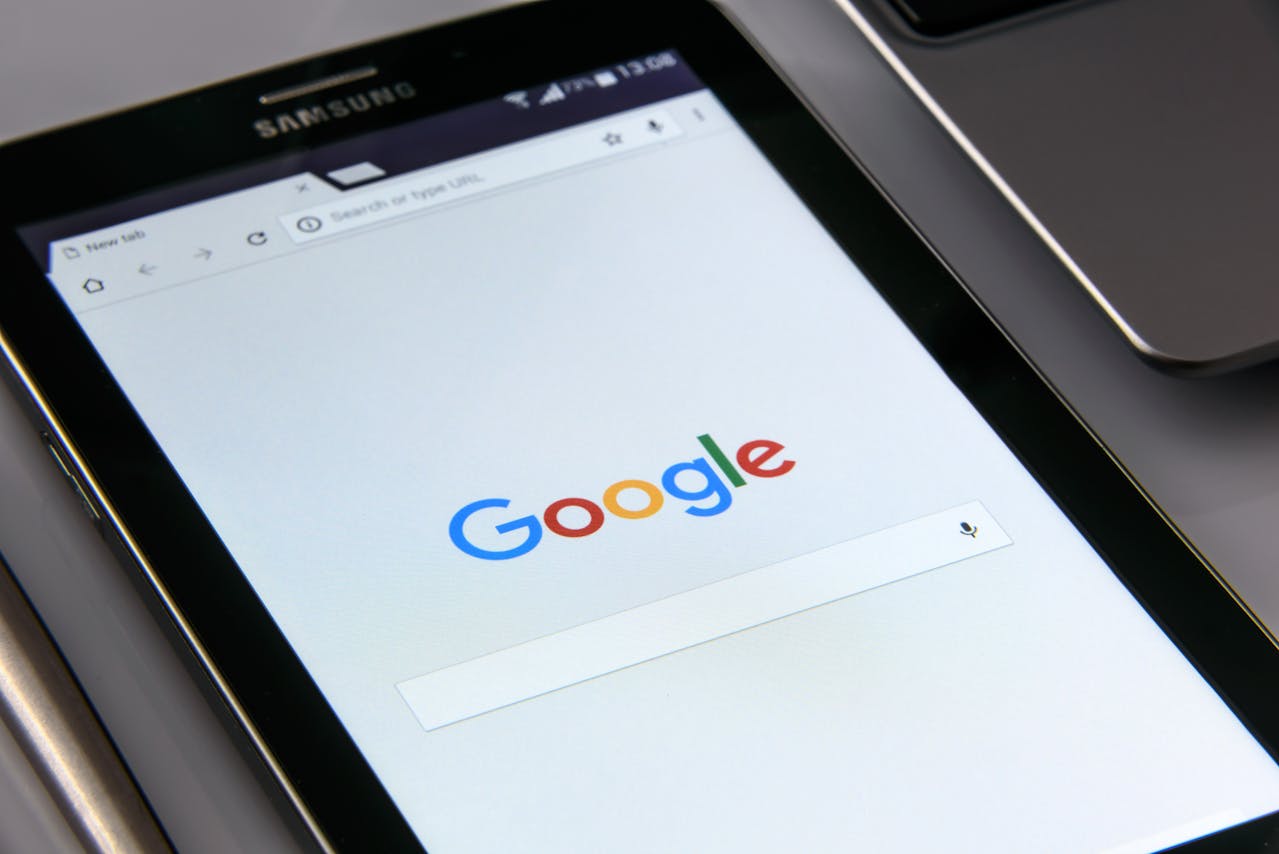One of the best ways to ensure a smooth and successful PPC campaign launch is to set clear expectations early—especially when working with a client’s internal team.
When there’s a big marketing push or a new service to promote, I’ve found that taking time to outline what’s needed up front makes all the difference. It not only helps avoid last-minute delays, but also improves campaign performance by making sure everything—from creative to conversion tracking—is buttoned up from day one.
If you’re a marketer or business leader planning to launch a PPC campaign (especially on LinkedIn Ads), here’s a peek into my process and the three core things I ask from clients to keep everything running smoothly.
1. 📍 Landing Pages: Where Are We Sending the Traffic?
Before launching any campaign, one of the first questions I ask is:
“Where is this traffic going to land?”
Too often, businesses want to send paid traffic to their homepage or a generic product page—but that approach rarely performs well. Instead, I always recommend a dedicated landing page tailored to the campaign’s goal and message.
Here’s why:
- Landing pages reduce distractions and focus attention on one clear call-to-action (CTA)
- They improve ad relevance and conversion rates
- They allow for better tracking and A/B testing
If I’m building the page, great—I’ve got my process. But if the client is handling it in-house or through their web team, I always provide landing page best practice tips to guide their development. Things like:
- Clear and concise headlines
- Mobile responsiveness
- Fast load times
- One primary CTA above the fold
The better the landing experience, the better the campaign’s performance.
2. 🖼️ Ad Creative: Especially for LinkedIn, I’ll Need Image Assets
If we’re running a LinkedIn Ads campaign, I ask clients to provide at least one image asset (or ideally, a few options we can test).
LinkedIn ads work best with images sized 1:1 (square)—this format is ideal for both mobile and desktop, and it gives your creative the best chance of standing out in the feed.
If a client isn’t sure what to provide, I help by sharing:
- Ad creative best practices
- Examples of what’s worked in similar campaigns
- Copy suggestions to pair with the image
This collaborative step ensures we’re not scrambling for creative at the last minute—and it helps the client feel confident about how their brand is being represented.
3. 🔄 Lead Flow Setup: Getting Leads From LinkedIn Into the CRM
For lead generation campaigns on LinkedIn, we need to think beyond just the form submission.
LinkedIn will collect the lead, but the real value comes from what happens next. That’s why I always ask:
“How are you going to get the leads from LinkedIn into your CRM or sales pipeline?”
There are a couple ways this can go:
- If the client is using HubSpot, Salesforce, or another CRM, I’ll often set up the integration or automation myself (especially if I have access).
- If I don’t have access, I’ll send the client specific steps or request that their internal team set up the workflow.
In either case, the goal is to avoid leads getting stuck inside LinkedIn without a follow-up plan. Having the lead flow nailed down ensures that every conversion is routed to the right place, with the right tags or follow-up steps in place.
Why This Process Works (and Gets Easier Over Time)
After a few campaigns, most clients start to catch on—and they proactively provide assets and access before I even ask. That’s when things really start to flow.
Taking the time to document your campaign launch process and clarify what’s needed from the client upfront:
- Saves time
- Improves communication
- Shortens the launch timeline
- Ensures better campaign results
It’s a small shift that leads to a big impact.
Final Thoughts: Set the Stage for PPC Success
Launching a new campaign isn’t just about setting a budget and hitting “go.” The most effective campaigns are built on collaboration, preparation, and clarity.
If you’re working with a team (or hiring an agency) to run your paid media, make sure you’re aligned on what’s needed at the start—from landing pages and assets to CRM setup. That clarity makes the launch smoother, the results stronger, and the process way less stressful.
Need help planning your next LinkedIn or Google Ads campaign?
At Stratus Analytics, we specialize in paid media strategy, execution, and optimization—with full support to make your campaigns seamless from start to finish.

Hi There! I’m Scott, and I am the principal consultant behind Stratus Analytics. I’ve have been providing freelance digital marketing services for over 20 years. DISCLAIMER: Due to my work in the packaging industry, I unforunately cannot take on freelance clients within the packaging manufacturing space. I do not want to provide disservice to your vision or my employer. Thank you for understanding.
